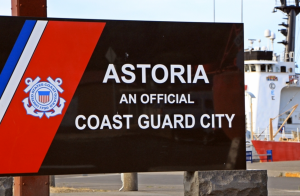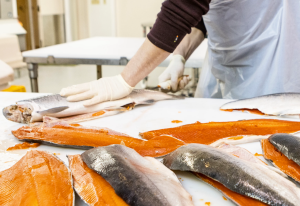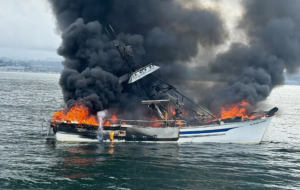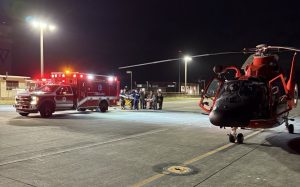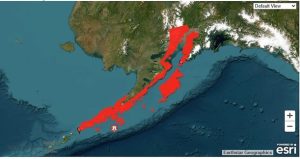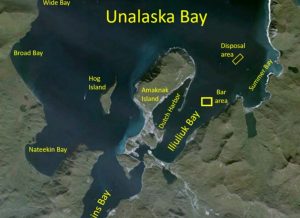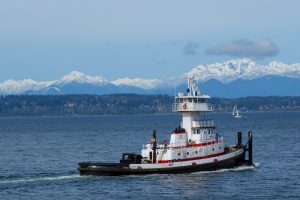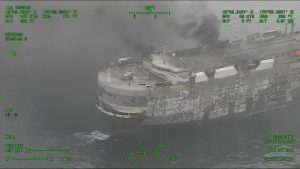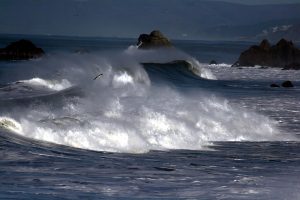Titan Submersible Implosion Was “Preventable,” Says Final Coast Guard Report
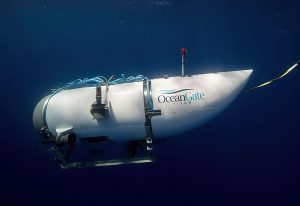 On August 5, 2025, the U.S. Coast Guard Marine Board of Investigation released its report on the Titan submersible loss. The sub imploded in June 2023 while on a dive to the Titanic, killing all five people on board.
On August 5, 2025, the U.S. Coast Guard Marine Board of Investigation released its report on the Titan submersible loss. The sub imploded in June 2023 while on a dive to the Titanic, killing all five people on board.
The Report of Investigation (ROI), which is over 300 pages long, details the key findings and contributing factors that led to the incident. It also includes 17 safety recommendations. These recommendations are designed to improve oversight of submersible operations, enhance coordination among federal agencies, and address differences in international maritime policy.
Based on the U.S. Coast Guard report, OceanGate’s director of marine operations, who was responsible for crew and client safety, testified that the company ignored his safety concerns. He stated that the company prioritized “image and marketing” over building a safe and reliable operation.
 Maritime Injury Law Blog
Maritime Injury Law Blog



